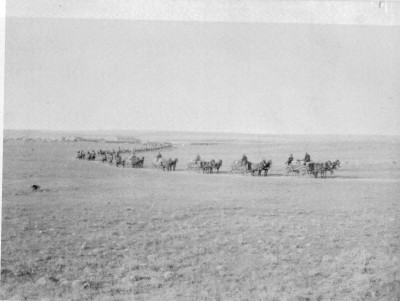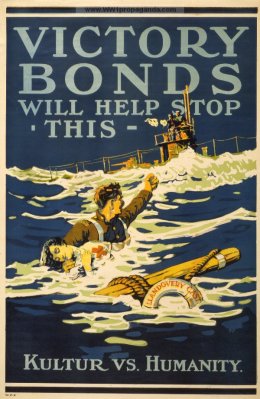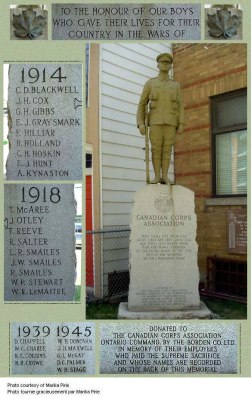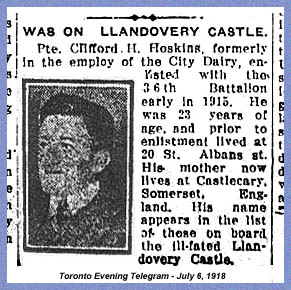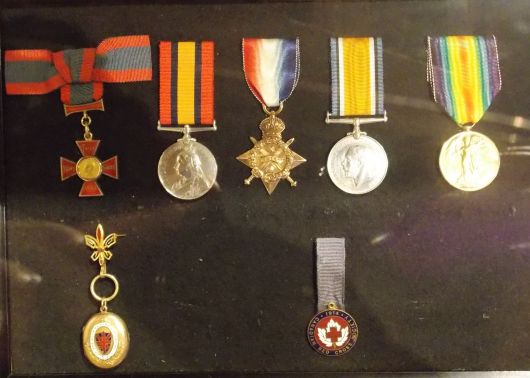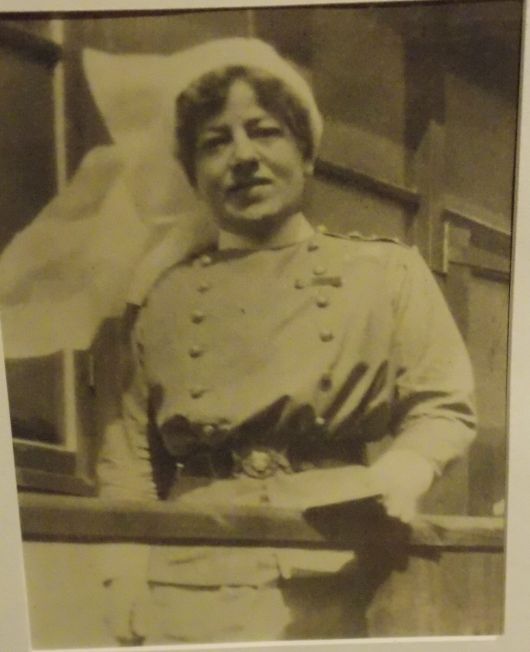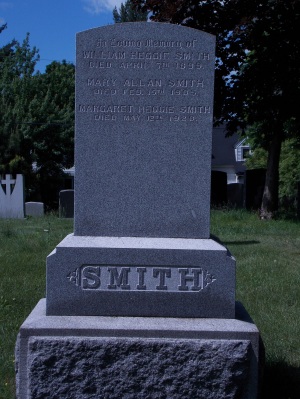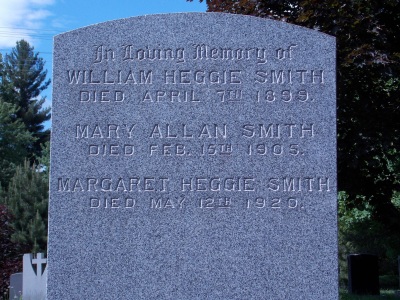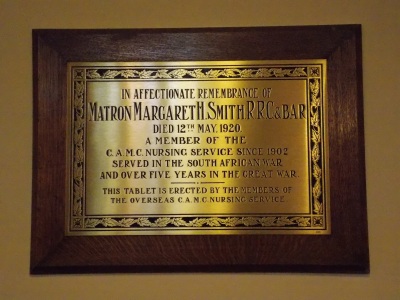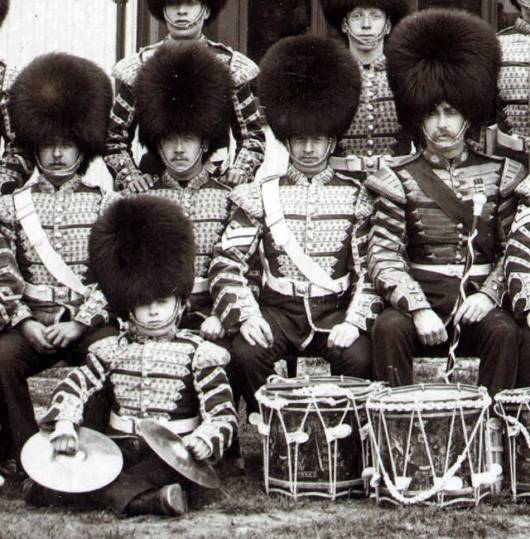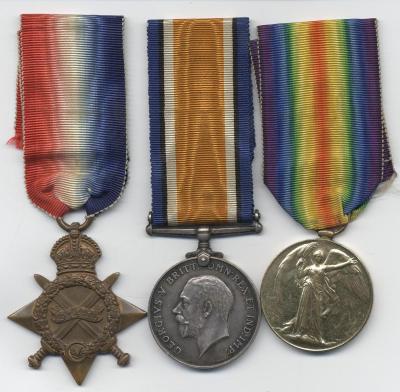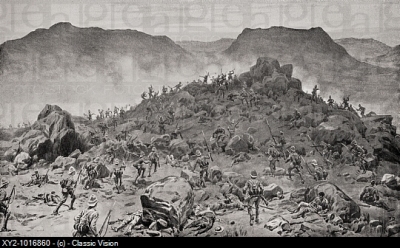I happened to find a small biography book on this gentleman. He was quite a character and an adventurer. He was not afraid to go where not too many Canadians of his generation went. He lived by the definition of a “true adventurer” The book is available at Shoreline Press.
Captain William Hall White served with the Battleford Column during the military expedition against Louis Riel and with Canadian Army Pay Corps during World War One. He is entitled to the North West Campaign Medal and the British War Medal.
He was born on April 29th, 1856 in Hamilton, Ontario. He had 9 brothers and sisters.
He entered Upper Canada College in 1873. He went to the University of Toronto and was called at the Bar in 1882 and then he headed to Winnipeg. He invested in the real estate booming there but lost all his money. He then moved to Brandon, Manitoba where he arrived on April 2nd, 1882.
He had received a land grant for a piece of land near Piles O’Bones River which later would become Regina. Arriving there on May 20th, 1882, he though his land was not the greatest one and moved to another place. The land he was granted was to be sold for 1 000 000 $ in 1898.
He was named Chief Commissioner of the Board of Commerce of Canada
William White 1881
North West Campaign 1885
On May 24th 1885 he left his partnership in his law firm and enlisted with the Battleford Column in Birtle, Manitoba. He was appointed a Major. His residence was in Ottawa and he claimed his medal on April 2nd. The Battleford Column was part of the Birtle Infantry Company. The unit was composed of 46 members and their mission was to bring supply to Colonel Otter’s force.
Battleford Column
He married Frances Cholerton on March 23rd, 1884 in the North West Territories
1886: He was appointed Census Commissioner for the Provisional District of Eastern Assiniboine (south Saskatchewan)
1887: He was appointed crown Prosecutor for nine towns in Saskatchewan
He moved to Slocan City, British Columbia in 1897 and just after 6 months moved to Victoria.
His son Richard White was born on December 5th, 1893
His daughter Phyllis Maude was born on February 14th, 1896 in Winnipeg Canada.
He was a candidate for the 1898 provincial election in the Revelstoke District against James L. Kellie, he lost by just a few votes.
After a business trip to London, he was sent to Dawson City to investigate the action of the local manager of the trading and Exploring Company, a British based company which was doing some mining and merchandizing in Yukon.
He moved to Skagway Alaska in March of 1899. He lived in the Klondike for 5 years.
According to the 1901 census he was in Unorganized territories (Steamers) “Canadian, Selkirk, Nora” (Yukon), while his family was in Toronto Ward No. 4, York West, Ontario
He left the Klondike in the fall of 1904 and moved back to Vancouver, British Columbia
World war one
His address: «The Angela» Victoria, British Columbia. He was a lawyer in Yukon, his medical file mention of his semi-sedentary life.
Spouse: Frances Louisa White Address: 129 Westbourne Terrace, London West , England
Trade: barrister at law Religion: Church of England Status: divorced
Height: 5′ 5″ Eyes: grey Hair: grey Weight: 170 lbs.
May 23rd, 1916: He enlisted in Victoria, British Columbia in the 143rd battalion (Railway construction
Battalion) as a Paymaster Officer with the Canadian Army Pay Corps. He was named Honorary Captain.
Captain William White in his WW1 uniform with his North West Campaign ribbon
February 17th, 1917: Sailed from Canada on board the ship SS Southland, he arrived in England on February 27th.
March 23rd: He was transferred to the 24th Reserve battalion
March 5th to the 19th: He was hospitalized for bronchitis at the Military Hospital in Purfleet
May 20th: He ceased to be attached to the 24th Reserve Battalion
May 2nd: He was taken on strength with the 1st Canadian Reserve Battalion
June 7th: All paymasters with the C.E.F. who have been gazetted to hold honorary rank are granted temporary rank from the original date of their honorary rank. (London Gazette 30118)
September 20th: Ceased to be attached to the 1st Canadian Reserve battalion
September 25th: Transferred as a paymaster at the 4th Canadian General Hospital at Basingstoke.
He was hospitalized from the 10th to 27th of January 1918 at the 4th Canadian General Hospital at Basingstoke for asthma cause by bronchitis.
He was hospitalized from the 14th to the 17th of February at the Canadian Red Cross Officer Hospital in London West (17 North Audley Street) for bronchitis.
July 15th: 5 days leave
February 18th, 1919: Sent to Canada to be a paymaster. Arrived in Canada on February 21st. Transferred at the #2 District Depot (Toronto) Canadian Army Pay Corps, he was posted there until June 10th 1919.
He was transferred to Clearing station Service Command in Quebec where he was posted from June 11th to August 20th, 1919.
He was demobilized on August 20th.
His son-in-law, James Stanley Beatty, received the DFC during WW1
He died on at the age on June 1st, 1948 in Toronto. He was survived by his wife, France, who died on August 7th, 1956. She was the last officer spouse of a Riel Campaign veteran who was still receiving a pension cheque at that time.

